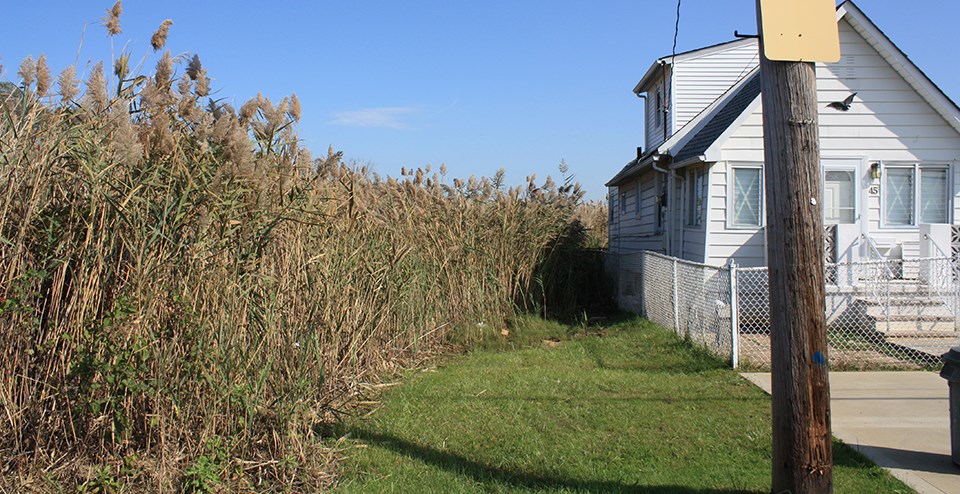Last updated: May 21, 2024
Article
Wildland Urban Interface (WUI)

NPS/T. LIOGYS
The wildland urban interface can be found in every part of the country where people live in areas with vegetation near houses and little clearance. Depending on the location, vegetation can be native, such as pine or oak trees, shrubbery such as sagebrush or chaparral, or non-native, such as kudzu, salt cedar, or eucalyptus.
In ever-greater numbers, people are moving to these types of areas, sometimes as vacation homes and cabins, but more often as primary residences. The attraction of these areas is the draw of nature – the solitude, the wildlife, the vistas, and the privacy of dense trees in the forest.
Many of these areas are near national parks and forests where years of fire exclusion have allowed dense vegetation to accumulate and dead fuels are not removed through the natural process of fire. Parks as diverse as Rocky Mountain National Park in Colorado, Santa Monica Mountains National Recreation Area in California, Bandelier National Monument in New Mexico and Gateway National Recreation Area in New York and New Jersey all have wildland urban interface.
The problem has been identified – people moving into previously unpopulated areas where there are heavy fuels but little infrastructure for fire protection. What is the solution? People will continue to live in wild and beautiful places, but in order to prevent homes from burning or wildland fires to spread from either private property or parks, both homeowners and park managers have responsibilities.
Many parks have completed fuelbreaks and hazard fuel reduction projects in the wildland urban interface and along park boundaries to reduce the chances that a fire could spread from public land to private land or from private to public land. Communication between a park and park neighbors is very important to let residents in the wildland urban interface know the steps the park is taking to reduce the threat of wildfire as well as plan for such an event.
These park projects, in combination with residents’ “Firewise” practices, help make it so that homes in the wildland urban interface survive wildfire. To use Firewise techniques and practices, a homeowner modifies the area around the home to make it more fireproof rather than fire prone.

NPS
You can take steps to reduce the risk from wildfire if you live in the wildland urban interface. Clearance requirements vary from state to state and county to county. Check with your local fire department to learn what the specific clearance standards are in your area.
